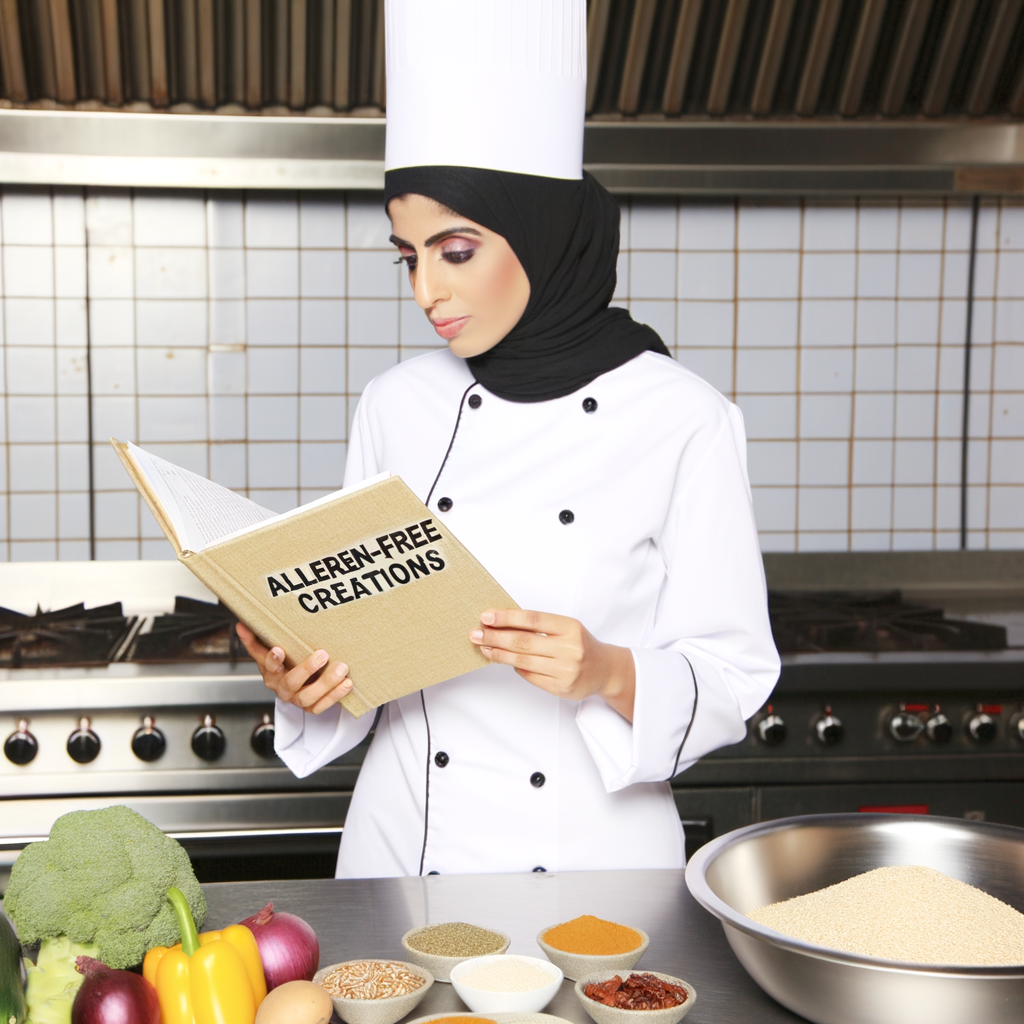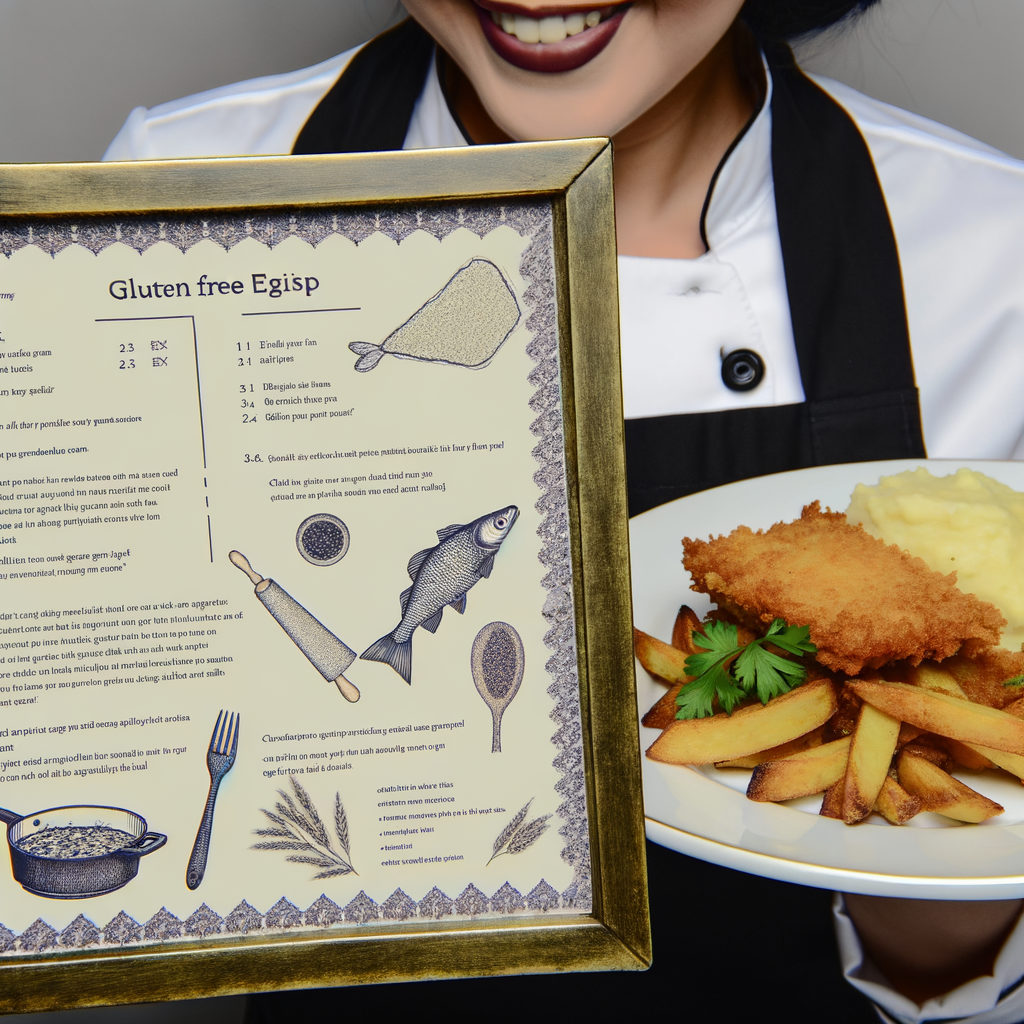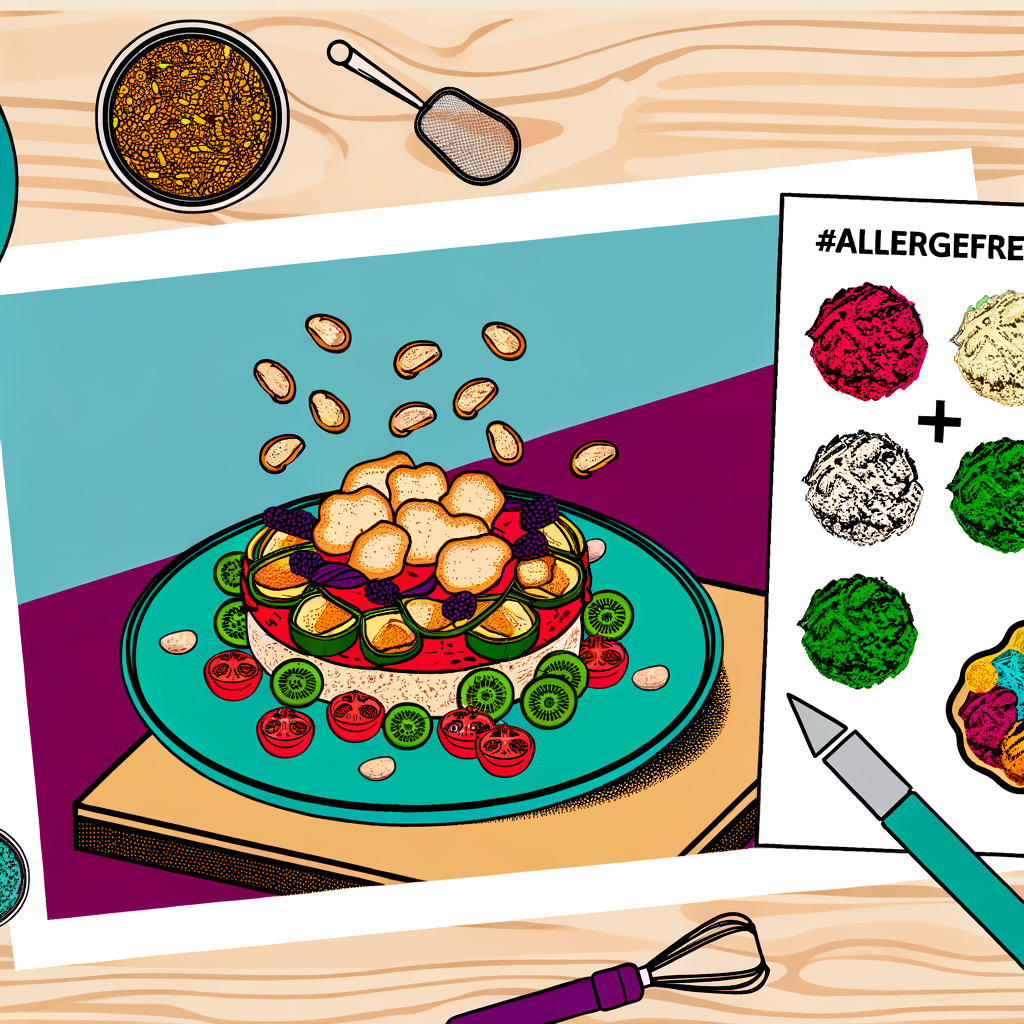Food allergies are becoming increasingly common in today’s society, and as an expert chef, it is important to understand and accommodate these dietary restrictions. While some may see food allergies as a limitation, I see it as an opportunity to create delicious and innovative dishes that cater to all individuals. As a chef, it is our responsibility to provide safe and enjoyable dining experiences for all our customers.
One of the most common allergens is gluten, found in wheat, barley, and rye. This can be challenging to work with, but there are many gluten-free alternatives such as rice, quinoa, and corn that can be used in place of traditional wheat products. Another common allergen is dairy, but with the rise of plant-based milks and cheeses, there are plenty of options for creating dairy-free dishes without sacrificing flavor.
When developing allergen-free recipes, it is important to pay attention to cross-contamination. This means keeping separate utensils, pans, and cooking surfaces for allergen-free dishes to prevent any traces of allergens from getting into the food. It is also important to have open communication with customers about their allergies and ask about any potential cross-contamination concerns.
Incorporating allergen-free options on menus not only caters to those with allergies, but also appeals to a wider audience. With the increasing demand for dietary restriction accommodations, it is important for chefs to stay informed and creative in order to provide the best dining experience for all individuals.





